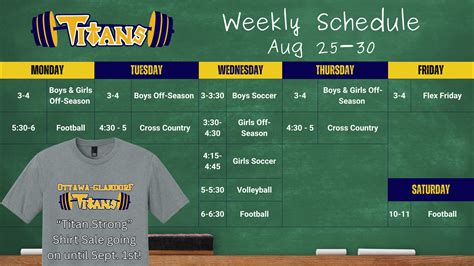Optimal workout intensity for peak gains on a demanding schedule?

Juggling a demanding professional or personal life often leaves little room for extensive workout sessions. Yet, the desire for peak fitness, strength, and muscle gains remains strong. The key isn’t always more time in the gym, but rather optimizing the intensity of the time you do have. But what exactly constitutes ‘optimal’ intensity when every minute counts?
Understanding Optimal Intensity
Optimal intensity isn’t a one-size-fits-all metric. It’s about finding the sweet spot where you stimulate adaptation without causing excessive fatigue or overtraining, especially crucial when recovery time is limited. For strength training, this often means working with loads that challenge you to near failure (e.g., leaving 1-3 reps in reserve, or RIR), typically in the 60-85% of your one-repetition maximum (1RM) range. For cardiovascular fitness, it could involve working within specific heart rate zones or employing high-intensity bursts.
The goal is to provide a sufficient stimulus for muscle growth (hypertrophy), strength increases, or cardiovascular improvement without needing a massive volume of work. This means focusing on quality reps, proper form, and truly pushing yourself within a controlled framework.

Strategies for Time-Efficient Peak Gains
When your schedule is packed, every minute in the gym needs to be purposeful. Here are strategies to maximize intensity and efficiency:
High-Intensity Interval Training (HIIT)
For cardiovascular fitness and metabolic conditioning, HIIT is a game-changer. Short bursts of maximal effort followed by brief recovery periods can achieve significant improvements in endurance, fat loss, and even muscle preservation in a fraction of the time compared to traditional steady-state cardio. Think 15-20 minutes, including warm-up and cool-down, 2-3 times a week.
Compound Lifts and Strength Training
Prioritize compound movements like squats, deadlifts, bench presses, overhead presses, and rows. These exercises engage multiple muscle groups simultaneously, giving you more bang for your buck in terms of muscle activation and hormonal response. Focus on lifting challenging weights for 3-5 sets of 5-10 repetitions, depending on your specific goals (strength vs. hypertrophy).
Supersets and Drop Sets
To increase workout density (work per unit of time), incorporate supersets (performing two exercises back-to-back with no rest in between) or drop sets (reducing the weight immediately after reaching failure on a set). For example, superset an upper body push with an upper body pull, or a squat with a lunge. This keeps your heart rate up and maximizes your time under tension.

The Role of Progressive Overload and Periodization
Regardless of how little time you have, the principle of progressive overload remains paramount for continuous gains. This means consistently challenging your muscles by increasing weight, reps, sets, reducing rest time, or improving technique over time. Without progressive overload, your body has no reason to adapt and grow stronger.
Consider a micro-periodization approach where you vary your intensity and focus week to week or month to month. For example, one month might focus on heavier, lower-rep strength work, while the next might incorporate more hypertrophy-focused, higher-rep training. This helps prevent plateaus and keeps your body responsive.

Listening to Your Body and Prioritizing Recovery
High-intensity training, while efficient, places significant stress on your body. When time is scarce, recovery becomes even more critical. Skimping on sleep, nutrition, or active recovery can quickly lead to overtraining, injury, and diminished returns, completely negating your efforts. Pay attention to signs of fatigue, persistent soreness, or a decrease in performance.
Ensure you are fueling your body with nutrient-dense foods, prioritizing adequate protein intake, and staying hydrated. Aim for 7-9 hours of quality sleep per night. Incorporate active recovery like light walks, stretching, or foam rolling on rest days to aid muscle repair and reduce stiffness.

Practical Tips for Busy Individuals
- Schedule Your Workouts: Treat your gym time like any other important appointment – put it in your calendar and stick to it.
- Focus on Quality Over Quantity: A highly focused, intense 30-45 minute session is often more effective than a distracted, low-intensity 90-minute one.
- Track Your Progress: Keep a workout log. Seeing your strength or endurance improve is a powerful motivator and helps ensure progressive overload.
- Be Flexible: Life happens. If you miss a planned session, don’t despair. Adjust your schedule and get back on track with the next available slot.
- Consult a Professional: If unsure, a certified personal trainer can help design an optimal, time-efficient program tailored to your goals and schedule.

Achieving peak gains on a demanding schedule is entirely possible with a smart, strategic approach to workout intensity. By focusing on efficiency, progressive overload, and prioritizing recovery, you can build the physique and fitness you desire without letting your busy life get in the way.








